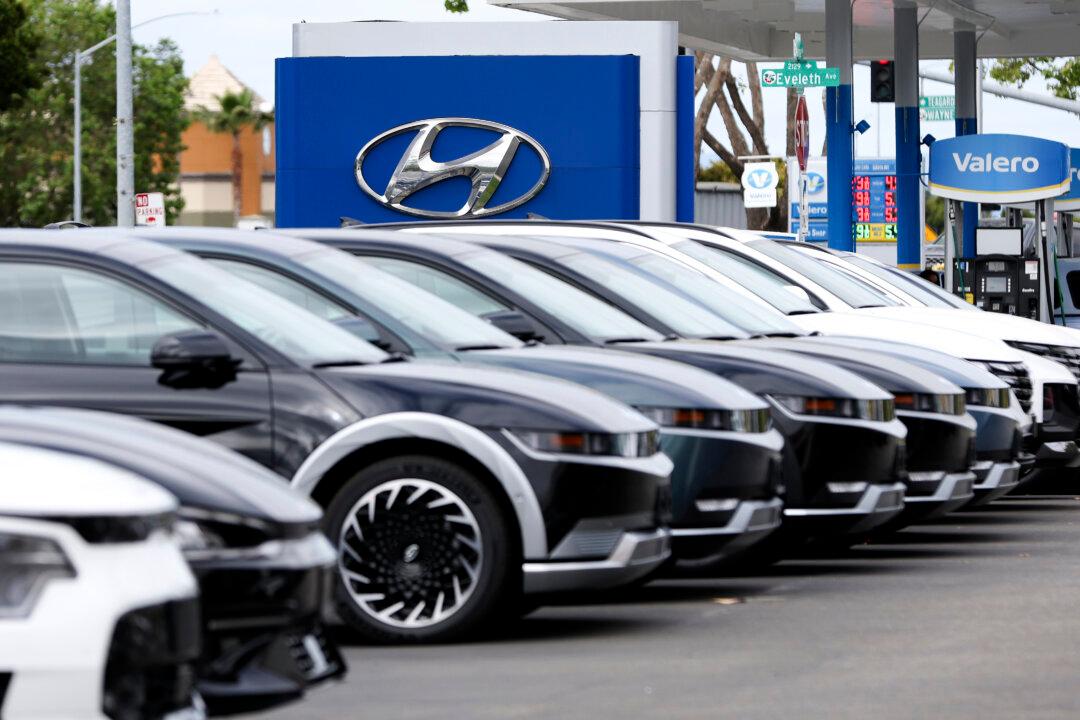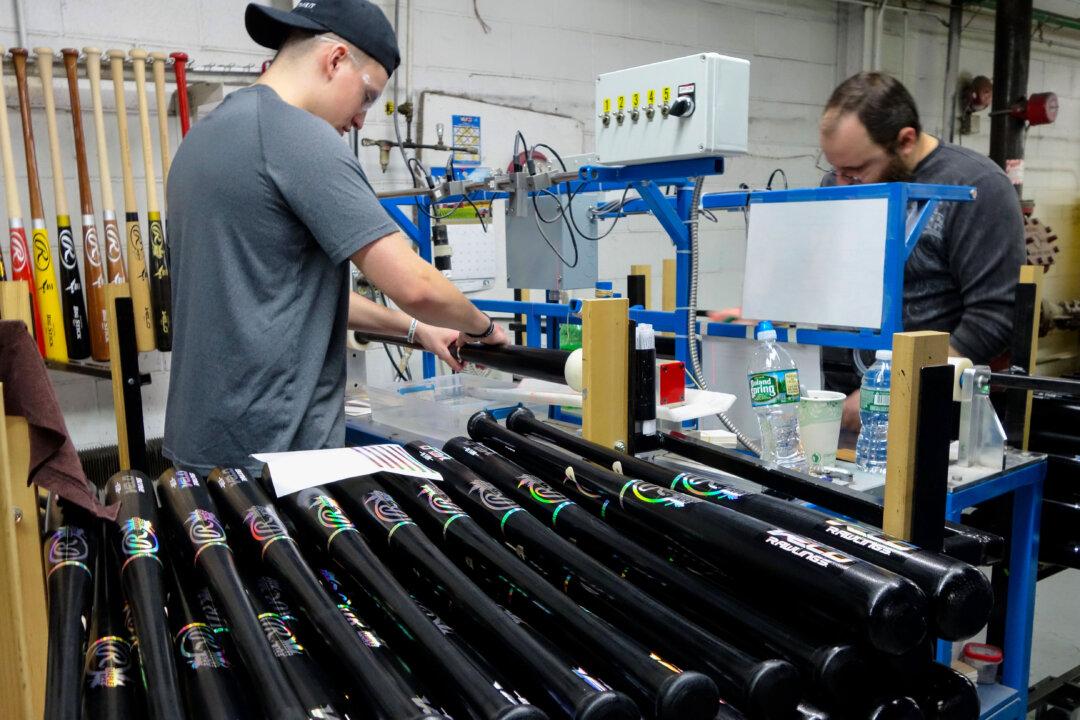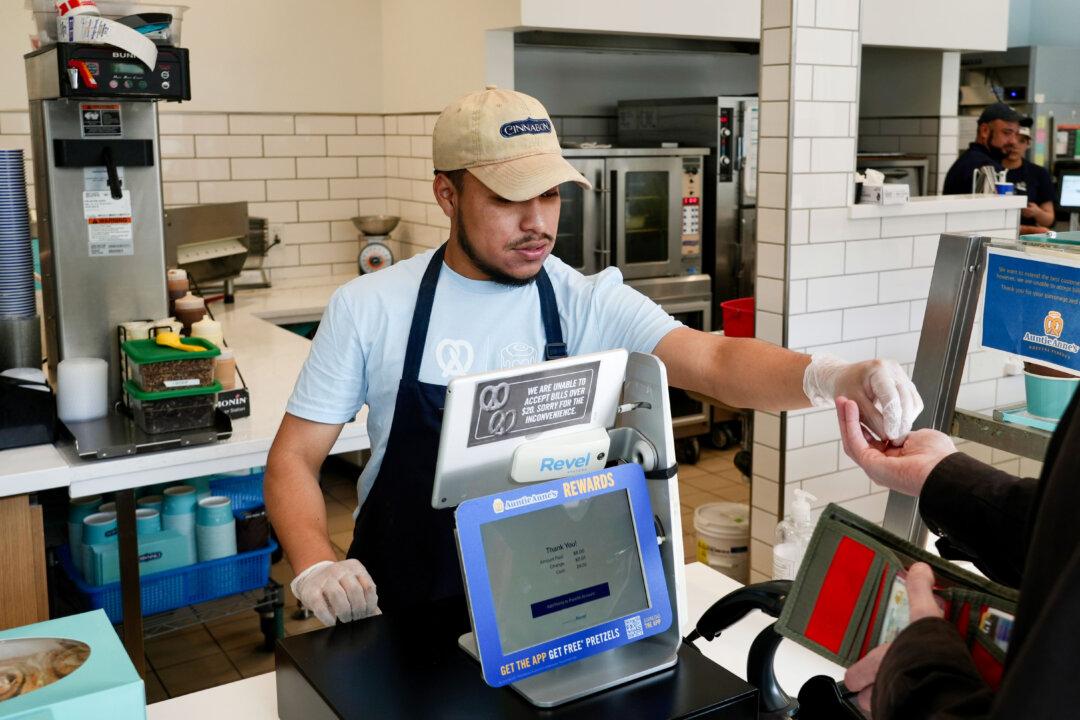If you’re in the market for an inexpensive second car, a first car for a family member, or just want to save some money on a high-interest new-car purchase, the current automotive market may not be to your liking.
According to a report from Kelly Blue Book and Cox Automotive, the average transaction price for a new car is slightly lower this year than last, but stands at $47,870. While this is down 4.3 percent from a peak of $49,928 in December 2022, the high prices are still affecting overall sales.





